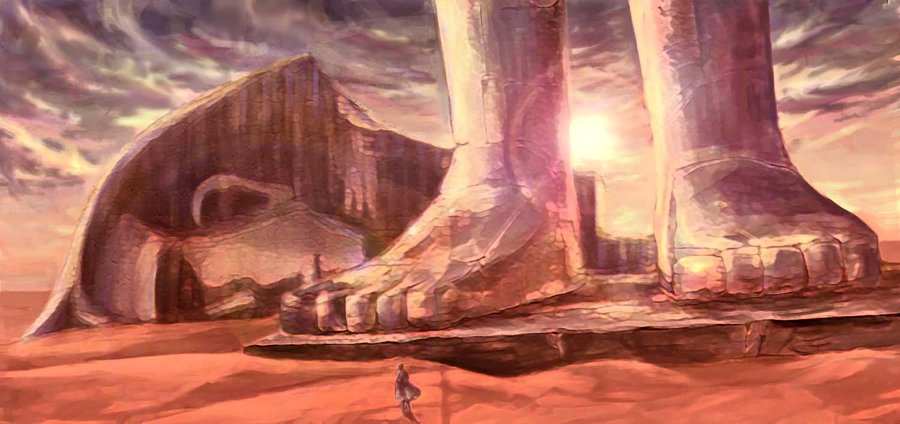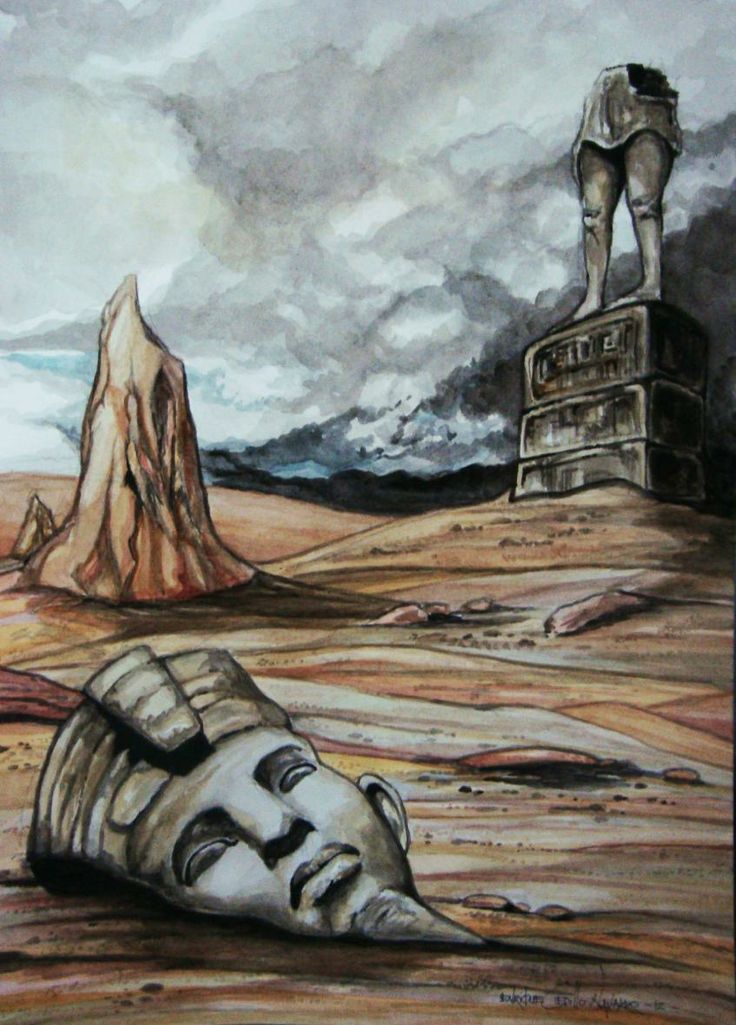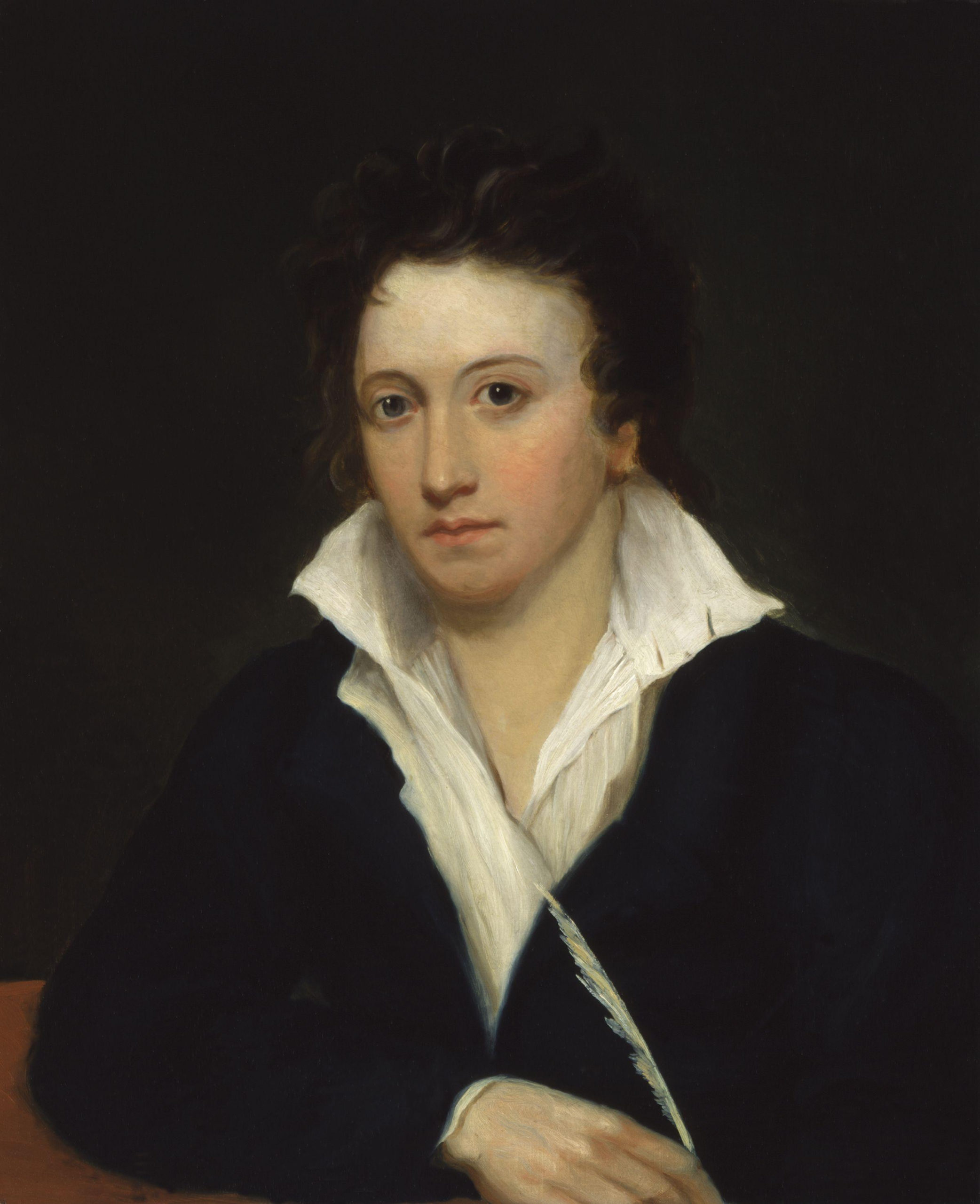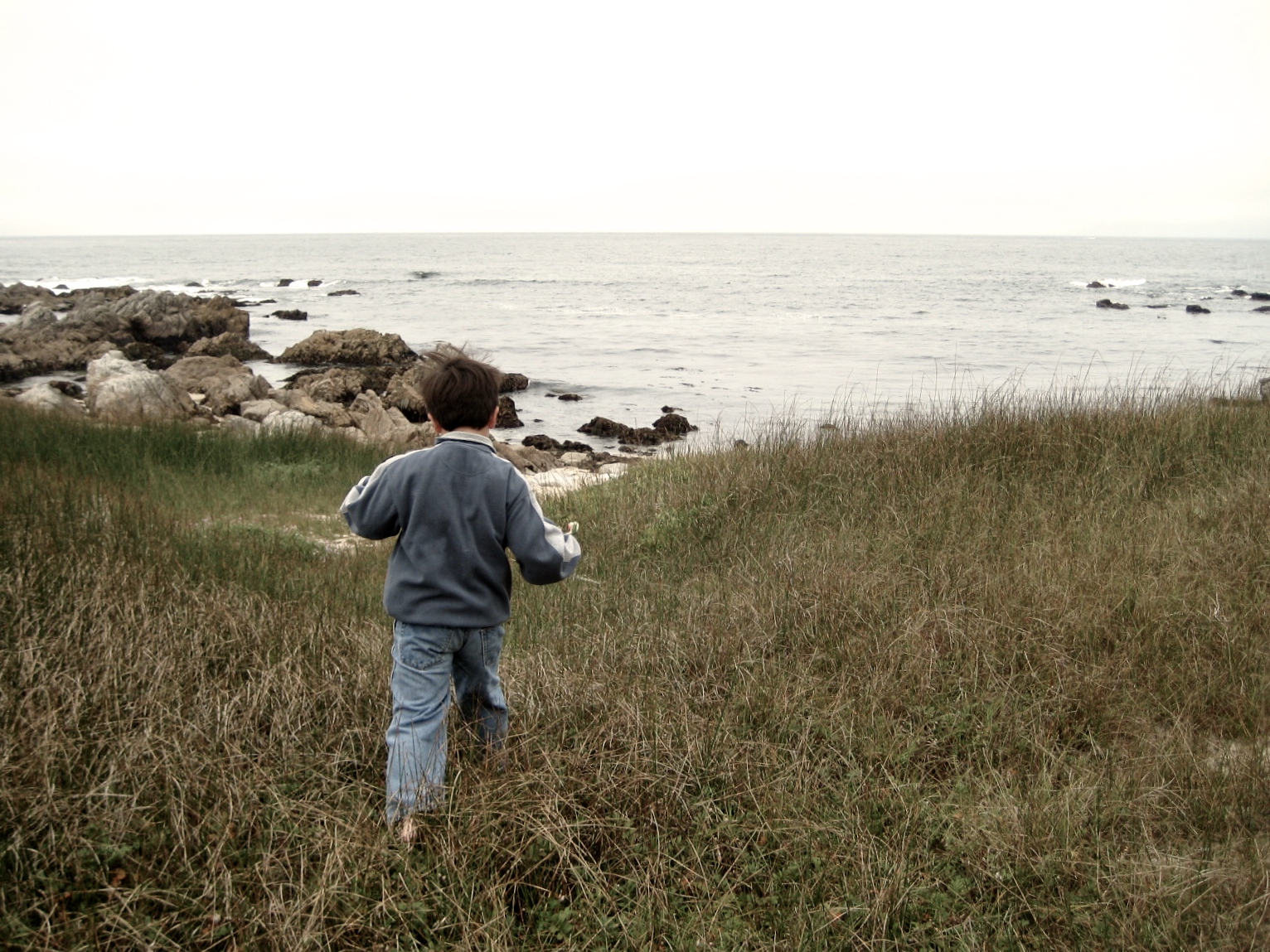About Ozymandias:
The great sonnet was published on 11th January 1818 on page 24 of number 524 of Leigh Hunt’s ‘The Examiner’. It had apparently been written barely two weeks earlier. The occasion of its composition is now well known. At his house near Marlowe on Saturday 27 December 1817, the day after Boxing Day, Shelley entertained Horace Smith (1779-1849), whom he had met at Leigh Hunt’s the previous year. Smith was equally talented as a financier, a verse parodist, and an author of historical novels. The talk seems to have drifted around to Egyptian antiquity and to Diodorus Siculus, whose arrogant epitaph ascribed to Ozymandias “had become virtually a commonplace in the romantic period;” and a friendly competition ensued in which each writer was to produce a sonnet on the subject of “Ozymandias, the King of Kings.”
Stanza-wise annotations of Ozymandias:
The syntax of lines three and four is thwarting, but clear. “Near them, on the sand, / Half sunk, a shattered visage lies. …” What follows is equally Germanic in its construction but more hesitant and labyrinthine, compelling a longer, more difficult journey to completion. The thought begun on line three is not completed until the end of line nine. And even then, because of the inversions, qualifying, and parenthetical phrases, understanding is delayed, forced back through the blocking fragments to a grammatical reordering that gives us paraphrasable meaning. Once again, however, technique all but overwhelms apparent objective, for we are more involved with the unraveling and working through than with the cognitive point of its product. Here too there is a seemingly secondary meaning that joins with the means of its discovery to usurp a central position in our experience of the poem.
More interesting than the sculptor’s physiognomic rendering of his subject’s cruel tyranny is the observation – delayed for us by the windings of the sentence that contain it – that postponed judgment is reliable judgment, or at least more reliable. The realization is qualified by the decayed condition of the sculpture. But the point that emerges as a reflection and consequence of our reading of these wreathed lines is that what survives and thus, by implication, what is of consequence, is neither life nor the ordinary manifestations of power, but art. One must wait centuries, perhaps millennia or a few disturbingly situated phrases to learn it, but life, in so far as it survives at all, survives only in the lifeless images of art. The temporal delays enforced by the syntax become an important feature of the poem as experienced and support its implied reflections on the deceits of immediacy and the enhancement of understanding with time. Both are complemented by a more complex spatiotemporal arrangement of speakers, tenderers, and interpreters that complicate the message by adding to it a somewhat less committal investigation of the act and implications of interpretation itself.
This last line of the poem opens possibilities as it seems to close them. The emergent truth of the poet “Shelley’s” apparent message, dramatically and temporally delayed, is dependent on the passage of time whose effects are visible in the first four lines and in this last. We accept his ironic dismissal of the tyrant’s boast because we have seen what an absurdity time has made of it. And yet, the seemingly universal and eternal truth is eminently temporal, hardly less restricted than the discredited proclamation on the pedestal. Hardly less than that of the king’s assertion, the power of persuasion of the lone and level sands is contingent on the incompleteness of their own conquest. Their message too is subject to erasure, and it will be erased when the remnants and inscription are. When “nothing beside remains,” erodes to nothing at all, and when the lone and level sands stretch not far away but everywhere in sight, when time, in other words, is utterly triumphant, it will lose its power over man. It is only the survival of the remnants of culture, conquest, or human achievement that put them in doubt and reduce to mockery their claims upon eternity.
Poetic Devices in Ozymandias:
Probably it is implicit agreement with Graham Hough’s greeting and parting gesture to the sonnet, that “Ozymandias is an extremely clear and direct poem, advancing to a predetermined end by means of one firmly held image,” that has discouraged attention. What troubles readers is often an indication of what troubles the work they read, and their search may be revealing not primarily for the conflicting solutions they offer, but as a dispersed or collective image of the poem’s own variety, tentatively, and quest. In the case of “Ozymandias, ” background inquiries into the identity of Shelley’s traveler and statue bring us closer to the literary experience of the poem than almost all the dismissively brief assurances about its theme.
Critical readings of the poem are, for literary rather than historical reasons, reflections of that many lensed gazes. They are interpretations of the poet’s (apparently ironic) judgment of a tale allegedly told him by a traveller recollecting his impressions of an artist’s time and fate-shattered rendering of a historical figure’s visage and character and his inscription of that ruler’s own assessment of the magnitude, prospects, and implications of his achievements. The implication of the poem’s ironic comment on the transience of human power and accomplishment is that the truth is not, as Ozymandias and perhaps the sculptor believed, the product of the first perception; one must wait for reliable or final answers.
Almost everything in “Ozymandias” supports and enriches this notion, complicating it finally to the point where even that seemingly reliable inference forfeits, like the statue, its solidity. The irony is more poignant still if it cuts against a tyrant not merely haughty but cruel. There may be other reasons for accepting (or questioning, qualifying, or rejecting) the traveler’s claim. Indeed, there most assuredly are. But it is less important to investigate them than to recognize that the reader’s experience of the poem is less that of a given meaning or interpretation than of the complex and filtered process of arrival. His main task and experience are to read and juggle multiple refracted readings of what is itself less fact than a further reading: Ozymandias’ self-assessment and the inferences it leads him to.
Some online learning platforms provide certifications, while others are designed to simply grow your skills in your personal and professional life. Including Masterclass and Coursera, here are our recommendations for the best online learning platforms you can sign up for today.
The 7 Best Online Learning Platforms of 2022
- Best Overall: Coursera
- Best for Niche Topics: Udemy
- Best for Creative Fields: Skillshare
- Best for Celebrity Lessons: MasterClass
- Best for STEM: EdX
- Best for Career Building: Udacity
- Best for Data Learning: Pluralsight















